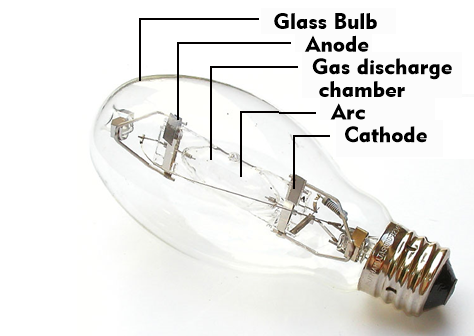gas discharge tube (GDT)
Gas discharge lamp is the name for various lamp designs whose principle of operation is based on the excitation of inert gases. From the principle of gas discharge, this category of lamps also has its name.
Gas discharge lamps are divided into low- pressure, high-pressure and ultrahigh-pressure discharge lamps according to their gas pressure. Low-pressure gas discharge lamps include neon lamp, fluorescent lamp, energy-saving lamp and metal vapor low-pressure lamp, and high-pressure gas discharge lamps, also known as HID lamp, include mercury vapor lamp and krypton arc lamp. The luminous color of gas discharge lamps depends on the light emission of the inert gas on the one hand, and on the phosphor excited by the emission on the other hand. The luminous efficacy of gas discharge lamps is many times higher than that of incandescent lamps.
A disadvantage is that older gas discharge lamps require a start-up time of several minutes until the correct gas pressure is built up. Only then do they reach full light output.
All gas discharge lamps consist of a tubular glass bulb containing the gas mixture of inert gas and metallic vapors. An electric field is established between the anode and cathode electrodes, which discharges through the gas mixture, emitting light. The inert gases used are neon, xenon and krypton, and also halogens such as bromine, iodine, fuorine and chlorine.
Gas discharge lamps operate with ballasts or chokes that provide current limitation and thus protect the gas discharge lamps from self-destruction.

